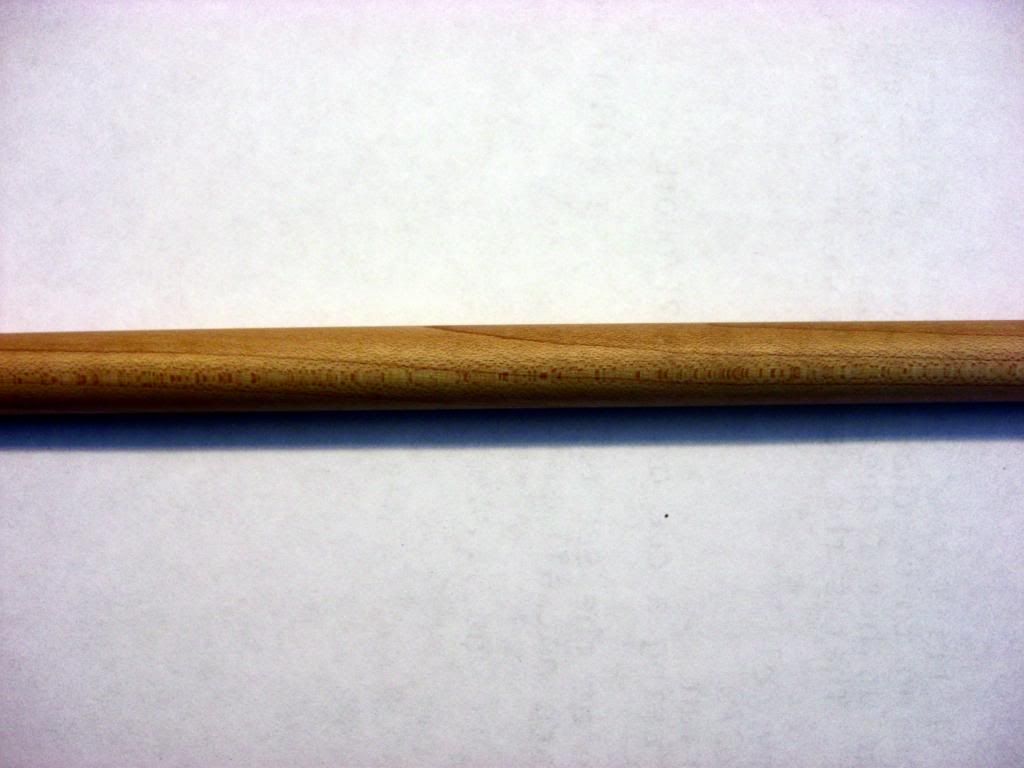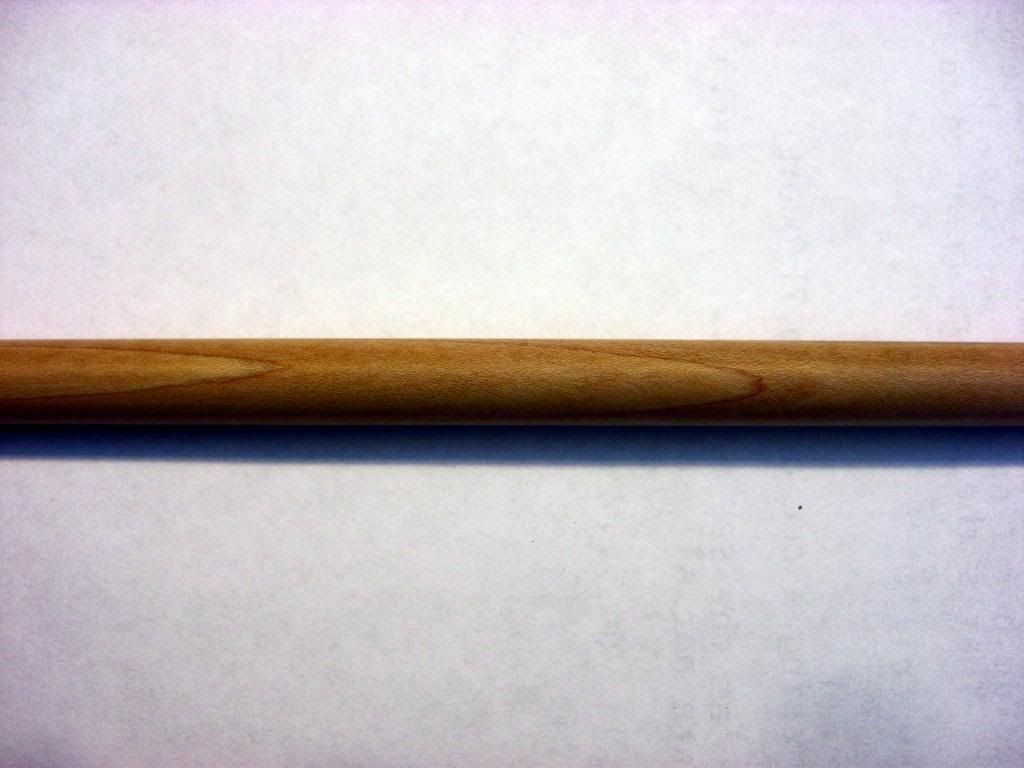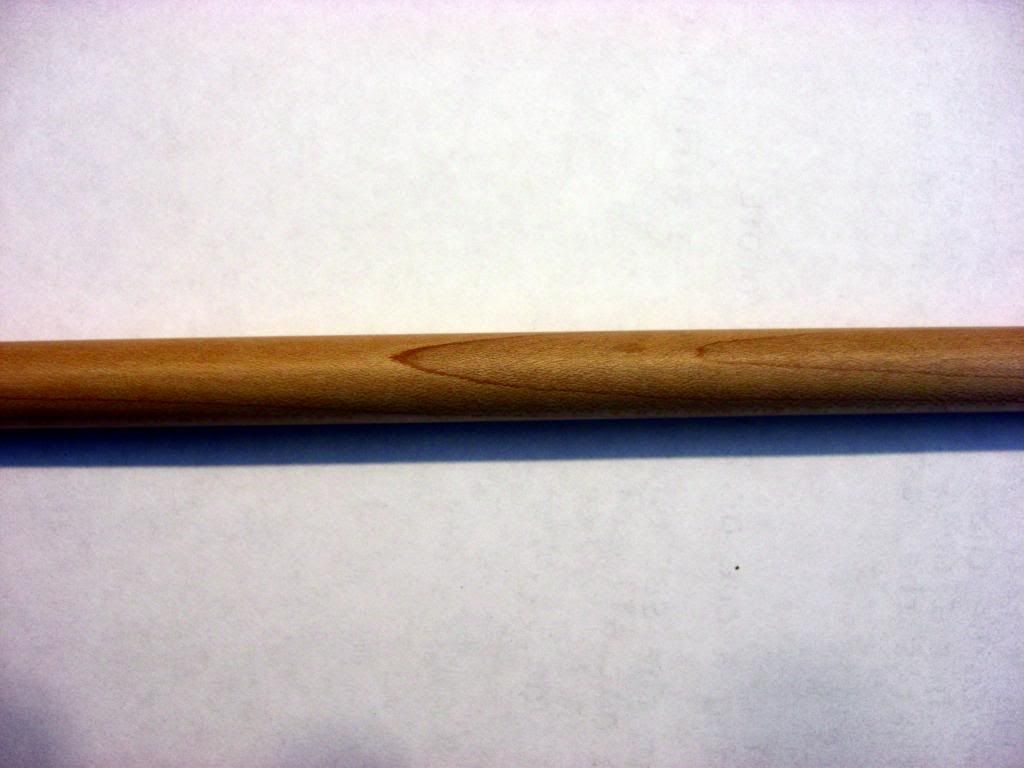You'll just make it worse.
Might as well heat it and bend it.
The shaft I refused to sand down was on an old Meucci. When you roll it, you can see light under the center of the shaft on every roll.
If you look at the grain where the warp is, the grain from the front of the shaft runs off the shaft to the left and the grain from the joint end runs off the shaft to the right.... right at the same point.
There is no cue builder on this forum that would have ever made a shaft from this piece of wood...........
I can do pics if you want to see it..
Kim


